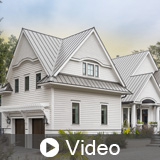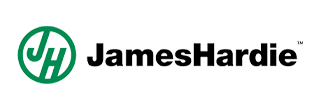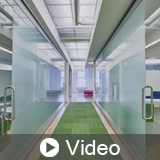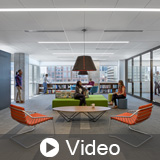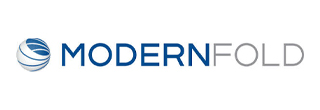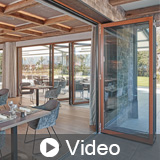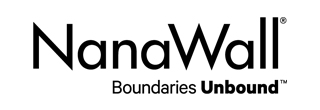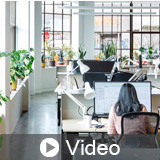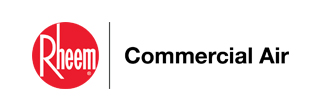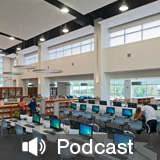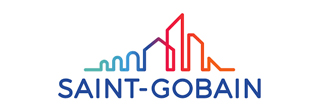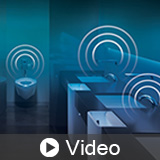Imagine walking through a city where every crack in the sidewalk, every forgotten alleyway, and every hidden elevation tells a story more complex and fascinating than any guidebook could ever reveal. Welcome to the world of deep topography, an interdisciplinary methodology for understanding spatial environments through multi-sensory, phenomenological exploration of geographical landscapes. Discover how LEED v4.1 BD+C strategies prioritize pedestrian-friendly designs and green spaces, ensuring cities are functional, culturally rich, and environmentally sustainable.
GreenCE, Inc.
$39.00 |
|
In this course, we explain how design professionals can achieve the LEED v4.1 BD+C Indoor Water Use Reduction Prerequisite. We discuss strategies to help reduce potable water use in buildings such as specifying WaterSense labeled products. In addition, our team discusses challenges regarding the nation’s water supply and the need to update water infrastructure.
$45.00 |
James Hardie
|
Prefinished fiber cement represents a transformative approach to building materials, offering architects and construction professionals a sophisticated solution that seamlessly integrates performance, sustainability, and aesthetic versatility. By leveraging advanced factory-controlled coating processes, these innovative products transcend traditional siding and trim limitations, delivering superior durability, consistent color quality, and enhanced weather resistance across diverse project types.
FREE |
Kwik-Wall
|
Moveable walls offer a versatile solution that goes beyond mere spatial flexibility; they contribute significantly to daylight optimization, acoustic performance, utilization of healthy building materials, and enhancement of occupant well-being and comfort. In this course we explore ADA, ASTM, and LEED v4.1 BD+C and ID+C strategies and requirements related to moveable walls. Design professionals will develop the skills necessary to incorporate these principles into their own architectural projects and leverage the benefits of moveable wall systems.
FREE |
Modernfold
|
Glass operable wall systems offer a multitude of benefits including adaptability, daylighting, energy savings, sustainability, and occupant well-being. These systems optimize the entry of natural light, creating well-lit spaces that positively impact employee well-being, productivity, and satisfaction. This not only reduces energy consumption but also aligns with sustainable design practices. The adaptability of glass wall systems allows for flexible space configurations, accommodating changing needs and promoting a dynamic work environment.
FREE |
NanaWall
|
Imagine seamlessly blending indoor environments with the natural world while achieving sustainability goals. Operable glass walls aren't just architectural elements, they're catalysts for transformation, offering design professionals a strategic advantage in pursuing LEED v4.1 BD+C and ID+C credits. These innovative systems provide interiors with natural light, frame stunning views, and create direct connections to nature, elements proven to enhance occupant well-being and lifestyle.
FREE |
Rheem Commercial HVAC
|
Specifying a sustainable HVAC system is essential for achieving a more efficient, comfortable, durable, cost-effective, and environmentally friendly built environment. In this course, our team discusses why design professionals should specify sustainably manufactured HVAC products that help reduce waste, decrease carbon emissions, and save energy. We review how sustainable HVAC systems can contribute to the LEED v4.1 BD+C rating system and reduce environmental impacts.
FREE |
Saint-Gobain
|
How does cementitious fireproofing contribute to both fire safety and sustainability in modern building design, and what role does it play in achieving LEED v4.1 BD+C certification? This course explores the fundamental principles of cementitious fireproofing, its environmental impact, and its role in sustainable building design. Participants will gain a thorough understanding of how cementitious fireproofing protects buildings and occupants during fires, while also examining its contribution to reducing embodied carbon in LEED v4.1 BD+C projects.
FREE |
TOTO
|
Megatrends, global threats, and the acceleration of technology have collided to present design professionals with serious challenges but also innovative solutions. The Internet of Things (IoT) is a cutting-edge technology that allows devices to create a global communication network by exchanging data through the internet and allowing design professionals to make better decisions. In this course, we discuss how the Internet of Things (IoT) works and how it can help design professionals create sustainable buildings and improve occupant experience.
FREE |
Pages
- « first
- ‹ previous
- 1
- 2
- 3




